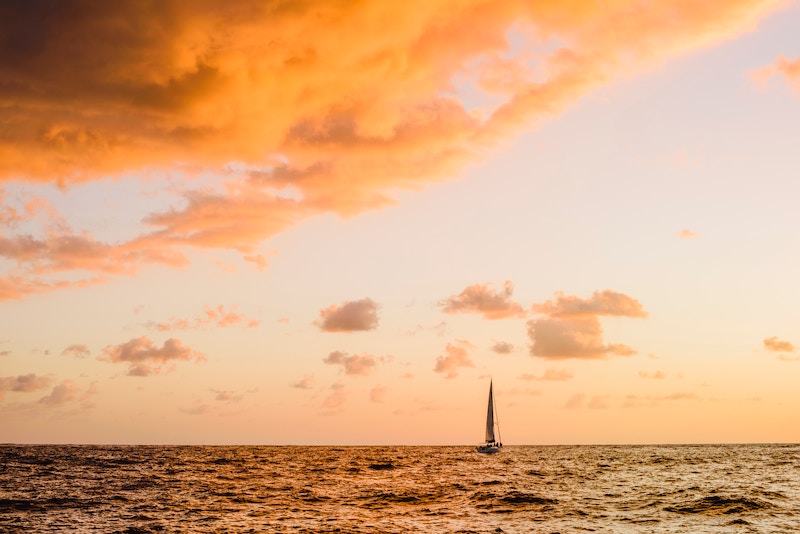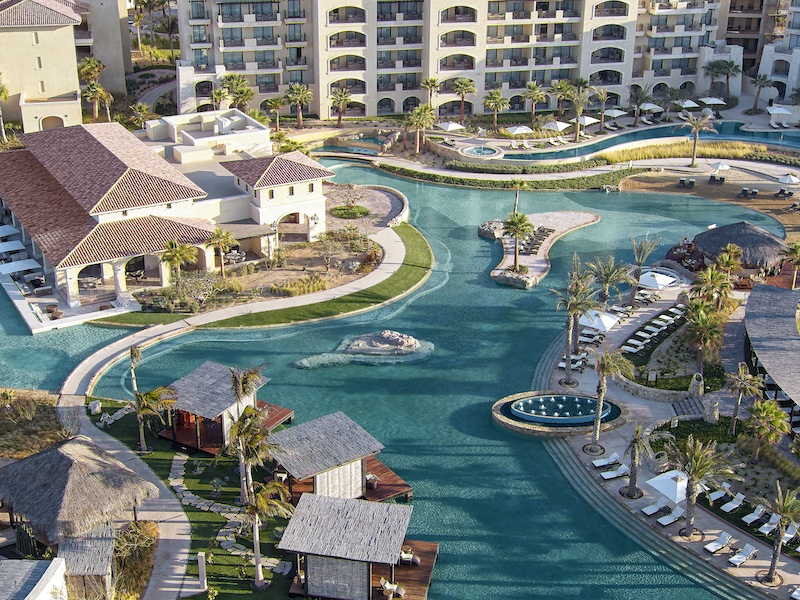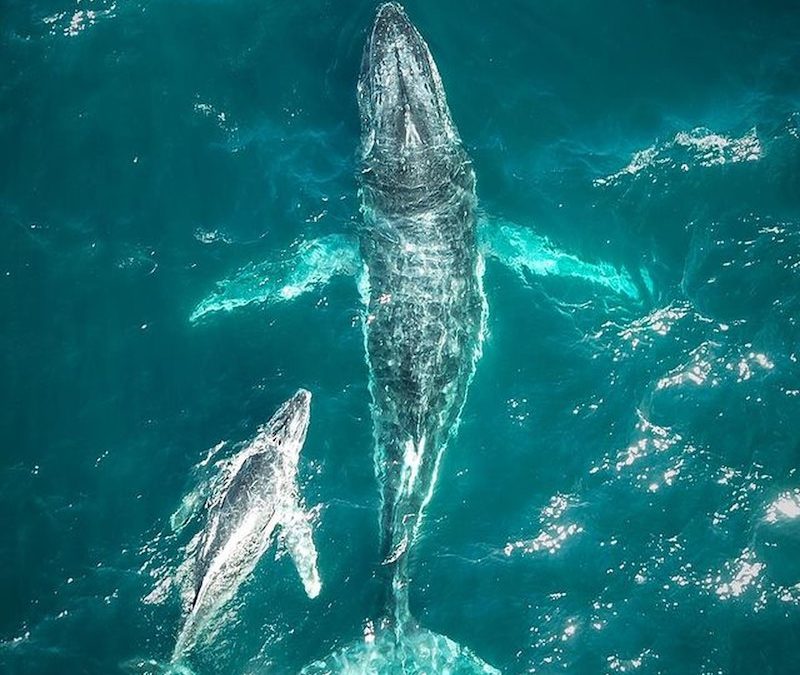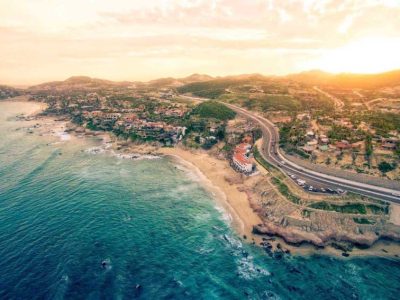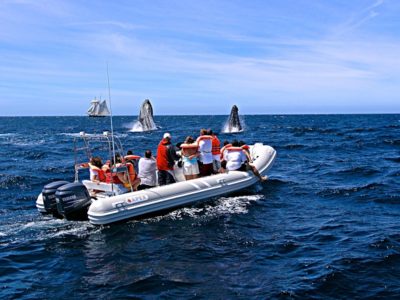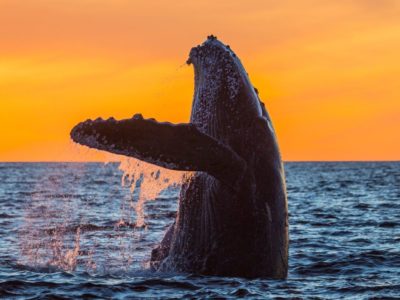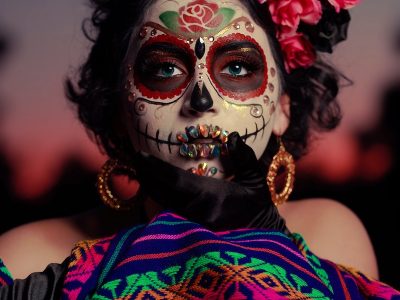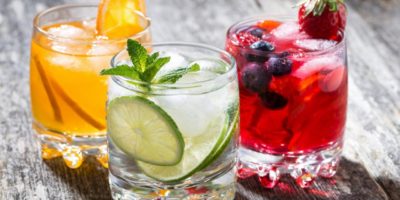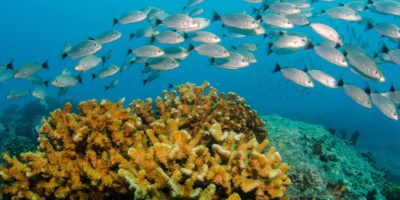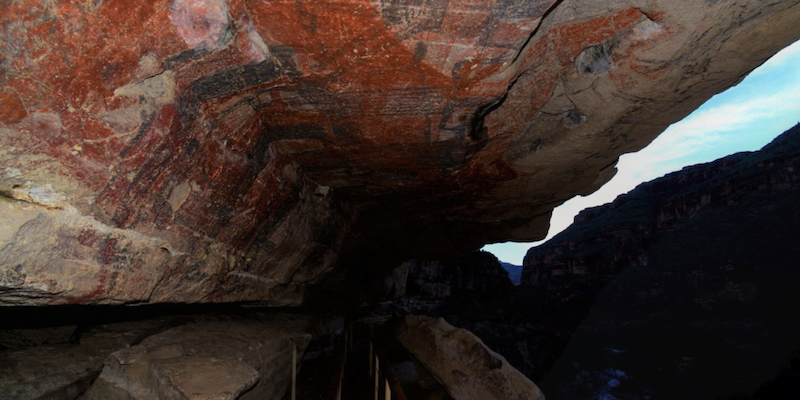
The challenging conditions of the Baja California peninsula, part of the ecological region Aridoamerica, have marked the cultures that managed to thrive based on three principles: austerity, self-sufficiency, and comprehensive use of biodiversity.
This space has been inhabited and populated since the last ice age, approximately 13,000 years ago, and original peoples had to create highly sophisticated, complex, yet astonishingly simple survival strategies, forming a highly efficient semi-nomadic culture.
Marked every year on August 9th, the International Day of the World’s Indigenous Peoples is an opportunity to celebrate these communities, their legacy, and their knowledge.
Did you know?
In order to raise awareness of the needs of these population groups, this date commemorates the first meeting of the UN Working Group on Indigenous Populations held in Geneva in 1982.
About the first settlers of South Baja California
The three groups found in the region were distributed in well-defined ecological niches: Pericúes inhabiting the south, Guaycuras the middle portion of the state, and the Cochimíes the north.
The first explorers and historical records agreed they had a well-built and strong physical constitution. While men wore no clothes, women wore skirts made of agave fibers, reed canes or animal skins, and shells and pearls adorning ears, neck, and nose. Their language was guttural, and their mood was cheerful, talkative, friendly, and peaceful.
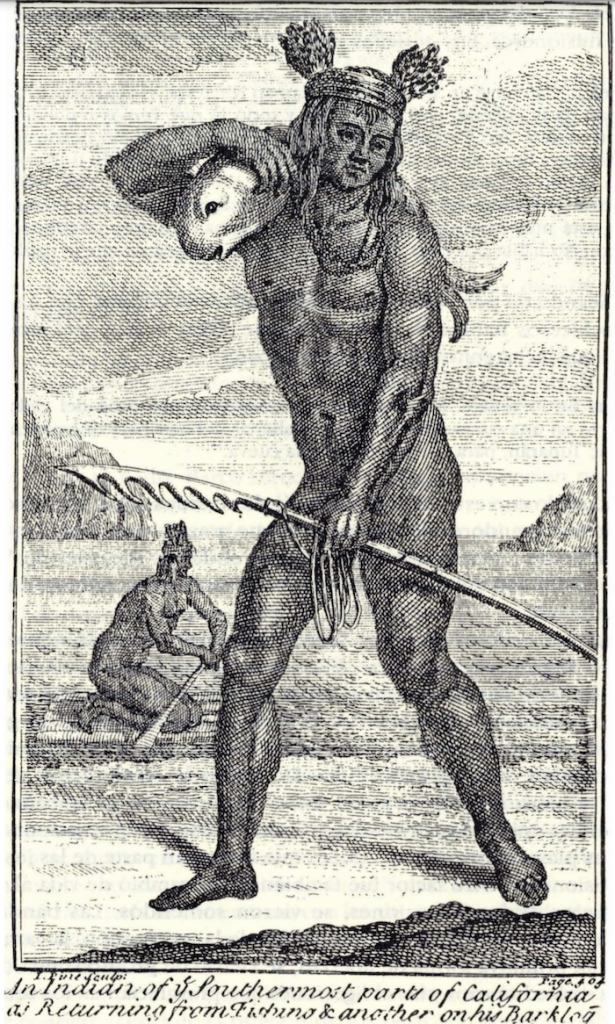
Their diet was based on roasted or grounded seeds collected, roots, stems, and leaves of edible plants. They hunted rabbits, deer, snakes, lizards, worms, and squirrels. Those who lived near the coasts took advantage of the great variety of shellfish and fish like tuna, sardines, and dorado caught using rustic harpoons and hooks made of fire-hardened wood.
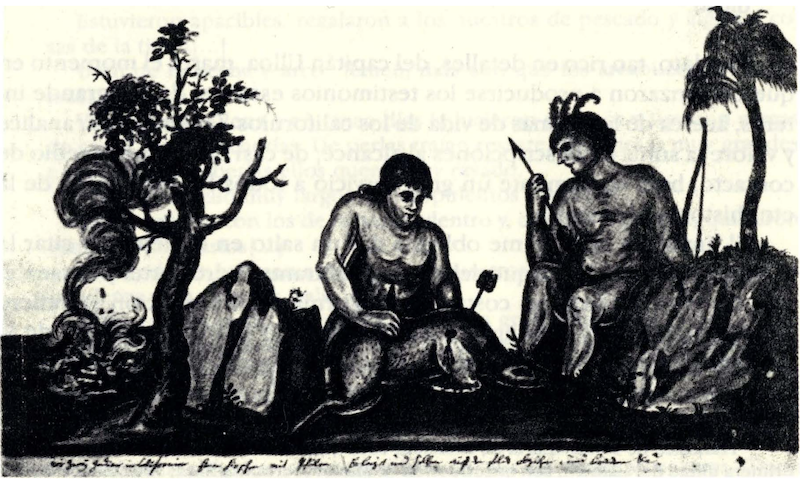
Interesting facts
Pericúes – The first settlers to live in the southern part of the Baja California peninsula, where Los Cabos is currently located. This group, also known as Adúes and Coras, were excellent navigators and fishermen. Although they were unaware of agricultural activities, they knew the land they inhabited very well. They fed on oysters, fish, and marine mammals.
Cochimíes – These settlers extended from the north of Loreto, BCS, to San Felipe. “Cochimí” means “people who live in the northern part.” This culture had a deep knowledge of the environment and managed to lead a life in the desert.
Guaycuras – This culture settled from south Loreto to Todos Santos. Like the Pericúes, they were unaware of agricultural activities, so they lived by hunting animals such as deer, fishing on the coasts, and gathering fruits, mainly pitahaya.
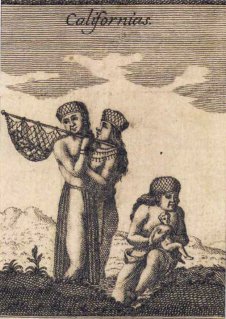
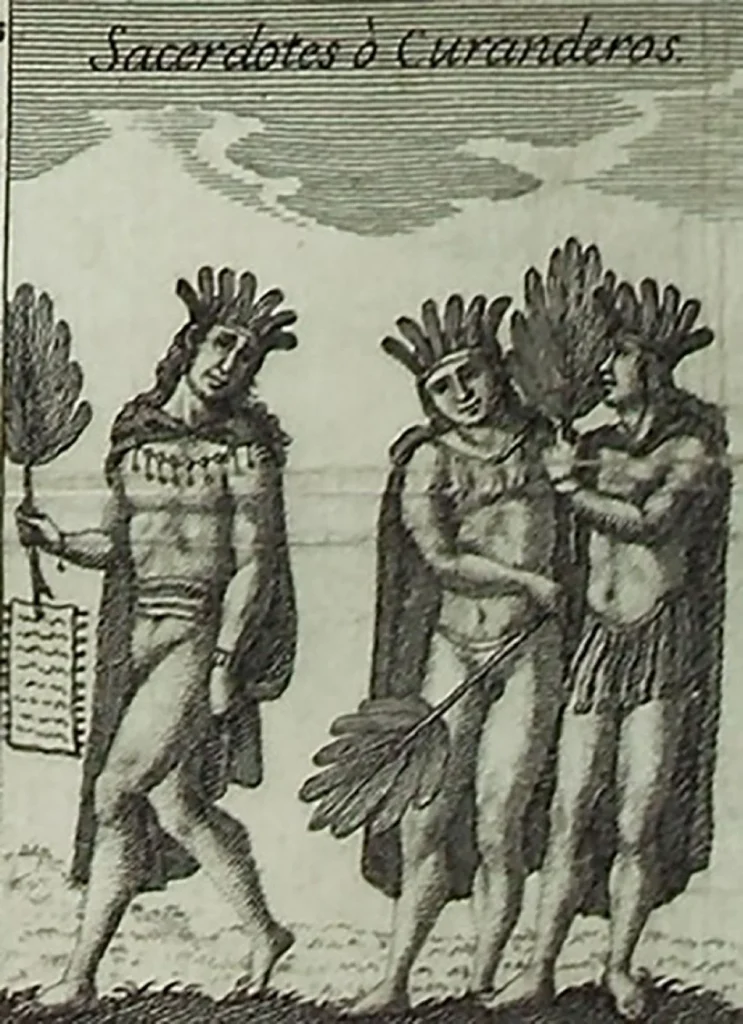
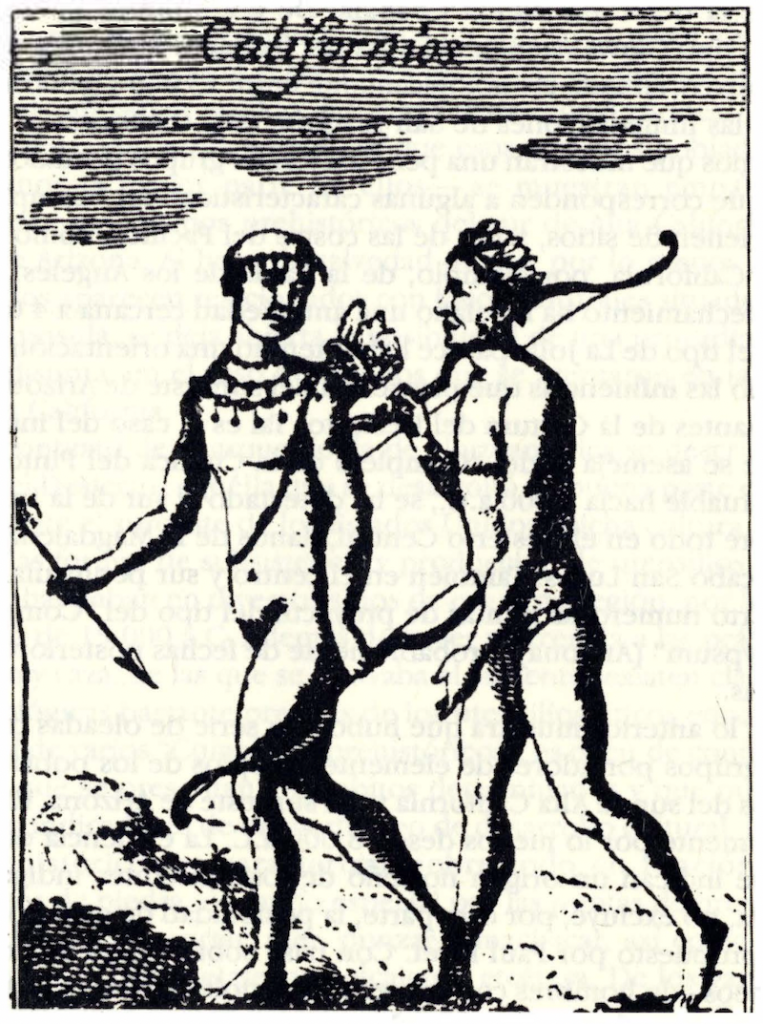
Their vision of the world and customs were represented in petroglyphs, with hundreds of cave paintings spread across the region that remain preserved, some of them open for visitors to marvel at their dimensions, use of color and aesthetics, in coordination with the Anthropology and History National Institute (INAH), like those found near Mulegé.
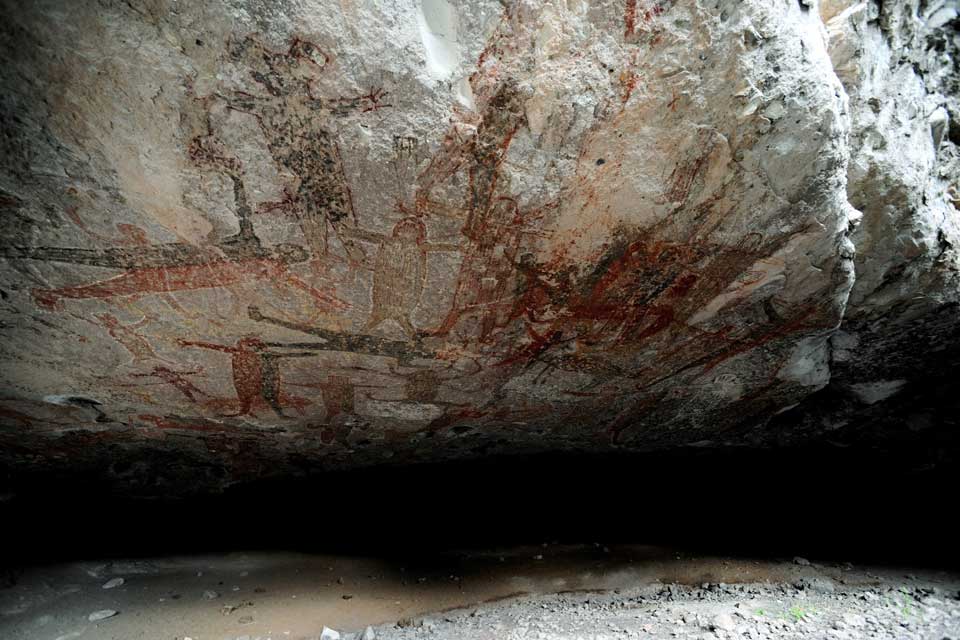
We hope you find these insights into the fascinating cultures that once inhabited this land exciting, and inspire your next trip to learn more firsthand.

